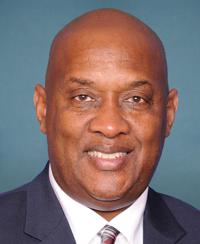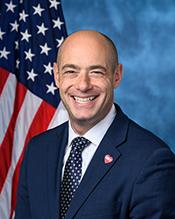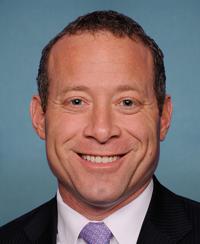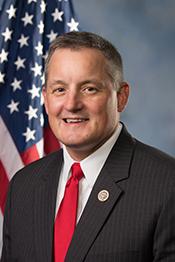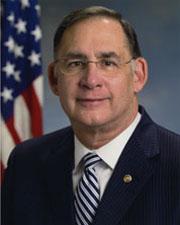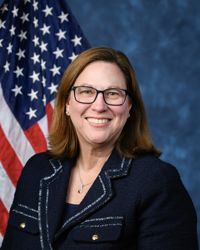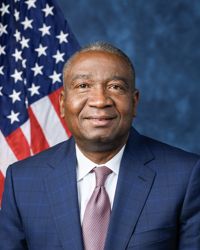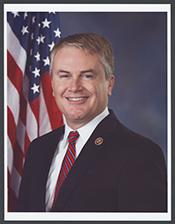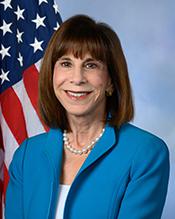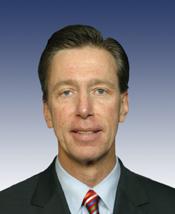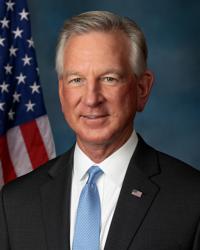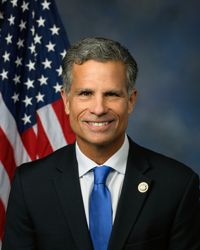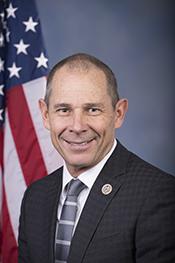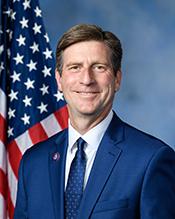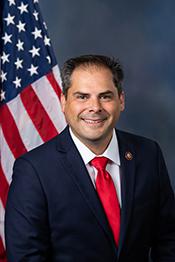H.R. 2301: To promote the development of renewable energy on public land, and for other purposes.
This bill aims to enhance the development of renewable energy sources such as solar, wind, and geothermal energy on public lands. The primary objectives and provisions of the bill include:
Definitions and Key Terms
The bill defines several key terms including:
- Covered land: Federal land that is not excluded from renewable energy development.
- Energy storage project: Equipment that can store energy from renewable sources with specific storage capacity requirements.
- Renewable energy project: A project on covered land that generates or transmits energy through wind, solar, or geothermal sources.
- Priority area: Areas designated for renewable energy projects based on land use planning.
Updating National Goals
The bill amends current national goals set for renewable energy production on federal land. It proposes increasing the goal from 25% to 60% of energy generated on federal lands by December 31, 2030.
Land Use Planning
The bill requires the Secretary of the Interior to identify priority areas for renewable energy development and update land use plans and environmental impact statements accordingly. This includes:
- Designating areas eligible for renewable energy project applications.
- Prioritizing applications for projects in these identified priority areas.
- Reviewing land allocations for renewable energy projects at least every ten years.
Streamlining Permitting Processes
This legislation intends to simplify and expedite the permitting process for renewable energy projects on public land. Key proposals include:
- Granting authority to State Renewable Energy Coordination Offices to process applications.
- Setting up cost recovery agreements for processing applications.
- Establishing priority for applications in designated priority areas.
Economic Considerations
The bill addresses economic factors related to renewable energy developments, including:
- Ensuring fees and rents are comparable to those charged for similar activities on private land.
- Limiting increases in base rental rates to the rate of inflation as measured by the Implicit Price Deflator-Gross Product Index.
Revenue Allocation
A revenue-sharing structure is proposed where amounts collected from renewable energy projects will be allocated as follows:
- 25% to the state where the revenue is derived.
- 25% to counties where the revenue is derived, based on land percentage.
- 15% for the Bureau of Land Management’s management account.
- 35% to establish the Renewable Energy Resource Conservation Fund.
Environmental Considerations
The bill emphasizes the importance of environmental assessments and requires the Secretary to comply with applicable environmental laws while considering renewable energy projects. It aims to update environmental impact statements for geothermal, solar, and wind energy projects to reflect current needs.
Incentives for Development
The Secretary may develop incentives to encourage renewable energy projects within the designated priority areas. This could include financial incentives or regulatory support to attract developers.
Relevant Companies
- NVDA (NVIDIA): NVIDIA is involved in producing technology essential for energy storage systems that support renewable energy projects.
- SEDG (SolarEdge Technologies): A manufacturer of solar inverters that may see increased demand due to the bill's push for solar energy projects.
- TSLA (Tesla): Tesla’s energy division focuses on solar energy and battery storage solutions, which could benefit from streamlined regulations and incentives.
- ENPH (Enphase Energy): A leader in solar energy solutions, likely to be impacted by the promotion of solar energy projects on public lands.
This is an AI-generated summary of the bill text. There may be mistakes.
Sponsors
1 sponsor
Actions
3 actions
| Date | Action |
|---|---|
| Apr. 18, 2025 | Referred to the Subcommittee on Commodity Markets, Digital Assets, and Rural Development. |
| Mar. 24, 2025 | Introduced in House |
| Mar. 24, 2025 | Referred to the Committee on Natural Resources, and in addition to the Committee on Agriculture, for a period to be subsequently determined by the Speaker, in each case for consideration of such provisions as fall within the jurisdiction of the committee concerned. |
Corporate Lobbying
0 companies lobbying
None found.
* Note that there can be significant delays in lobbying disclosures, and our data may be incomplete.




